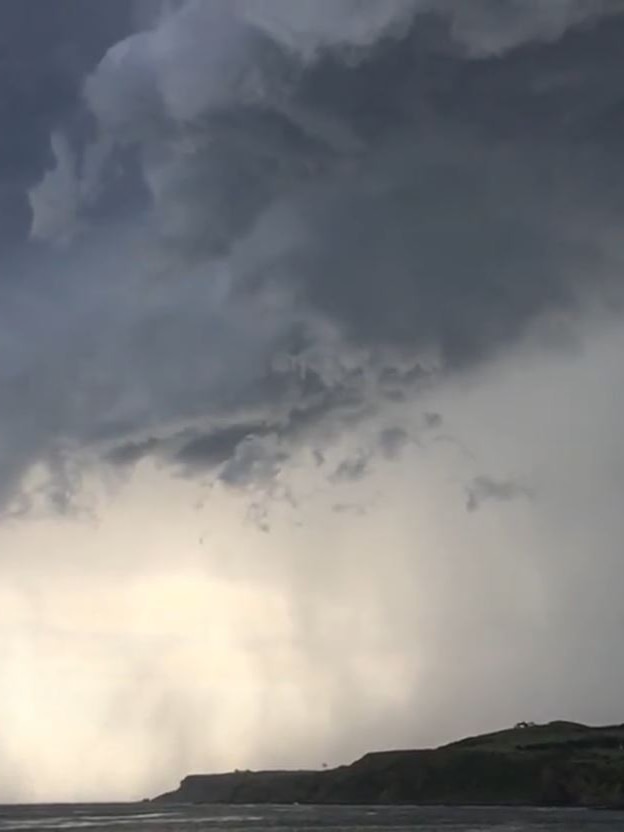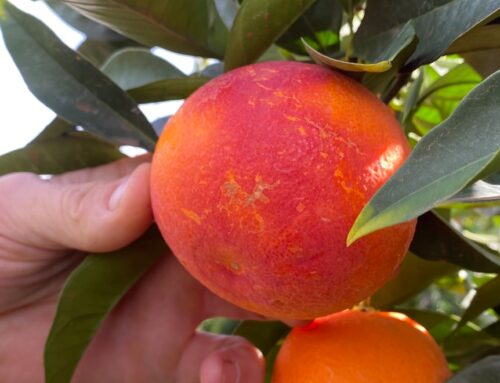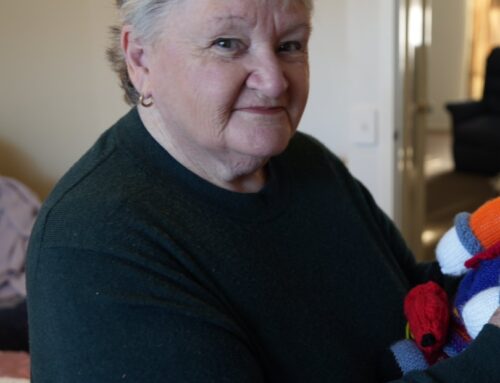The Bureau of Meteorology (BOM) has officially moved to La Niña “watch”, reflecting an increased chance the major climate driver, which helped bring flooding to eastern Australia in 2021 and 2022, will return later this year.
La Niña is the cool phase of the El Niño Southern Oscillation (ENSO) and has helped deliver significant rainfall and flooding events to Australia in the past.
However, BOM noted that global sea surface temperatures have been at a record high for the past year, with ramifications for their forecasting.
Predictions around climate drivers like La Niña and El Niño are usually calculated using historical records. The unprecedented nature of the past year’s ocean heat means forecasting based on past events “may not be reliable”, the BOM notes.
La Niña is one of the strongest influences on Australia’s year-to-year climate variability, with the magnitude of impacts dependent on its duration, intensity, and interaction with other climate drivers. The natural variability of weather, of course, also plays a part.
A watch declaration is not an announcement that the phase has arrived, but an indication there is a 50 per cent chance of its development this winter or spring.
This is roughly double the normal odds, according to Monash University associate professor Shayne McGregor.
“On any given year, the chances of you going into a La Niña is typically about 25 per cent, so they’re occurring once every four years,” he said.
“And so then you can think about it as the odds being almost doubled at this point in time.”
The US chief forecasting agency the National Oceanic and Atmospheric Administration (NOAA), has put the chance of its development between June and August slightly higher, at 69 per cent, however, Australian climate scientists have cautioned there is still a lot of uncertainty given the time of year.
What signs are pointing to La Niña forming?
There are indications the ocean is already transitioning.
Meteorologists are watching a large mass of abnormally cool water lurking around 50 to 150 metres below the surface of the tropical Pacific Ocean.
With further upwelling of this cold water likely during the coming weeks and months, falling sea surface temperatures could rapidly tip the Pacific into a full-blown La Niña state by mid-winter.
However, when it comes to weather, there are no sure things, and the atmosphere is very sensitive to change, meaning something like a sudden wind burst, or another cyclone, can stop an emerging La Niña in its tracks.
Another factor adding weight to the La Niña forecast in 2024 is that historical records show El Niño is often, but not always, followed immediately by La Niña, particularly if the El Niño is strong.
If La Niña does come to fruition, it would represent the fourth in five years, a frequency only seen twice previously since 1900.
How does La Niña work and what are its impacts in Australia?
La Niña — which translates to “little girl” in Spanish in a nod to its discovery by Peruvian fishermen — is a part of the El Niño-Southern Oscillation, also featuring its brother phase — El Niño.
The event takes place in the equatorial Pacific, where the ocean and the atmosphere couple in a way that influences weather patterns around the globe for a prolonged spell of six months to years.
Its impacts vary around the world.
In Australia, the outcome of a typical event, based on the average of past La Niñas, is a wetter-than-normal winter and spring rainfall for the country, particularly across the east and north.
The six-wettest winter-spring periods on record for eastern Australia have occurred during La Niña years, according to the BOM.
Unlike El Niño years, the impacts of La Niña often continue into the warm months too, with the December-March rainfall in eastern Australia also higher than normal, on average.
The impacts of the “triple-dip” La Niña from 2020-2022 are a testament to some of the more intense impacts the climate driver can help bring, particularly when it is compounded year after year.
The event contributed to billions of dollars in damage from flooding and extreme rain across much of eastern Australia.
Other significant flooding events associated with La Niña include the floods of 1955, 1988, 1998 and 2010.
But Dr McGregor said if a La Niña did eventuate this year, it did not necessarily mean we were in for a repeat of the recent flooding.
“The weather outcomes, it’s never guaranteed, it’s one of a multitude of factors that influence the rainfall of Australia,” he said.
“On average, we receive more rainfall than normal during La Niña years, but the actual rainfall received can be quite variable from year to year and month to month.
“A La Niña event increases the risk of receiving extreme rainfall like that observed in the winter and spring months of 2021 and 2022, but it does not guarantee it.”
Past events that have not been wetter than normal, overall, include the 2008-2009 event, when a very dry and hot January to February across southern Australia contributed to the Black Saturday bushfires.
That is why the bureau recommends using its long-range outlooks for forecasts of the seasons ahead, rather than just focusing on the typical impacts of one climate driver.
These outlooks are able to factor in the state of the atmosphere and oceans, and their likely interactions with one another, in a more holistic way than just looking at the one climate drier.
Autumn’s unpredictability means La Niña far from a guarantee
Despite the early signs of La Niña development, climate scientists say it is important to point out that its arrival is far from locked in at this point in time.
One of the reasons for this is something known as the “autumn predictability barrier”.
University of New South Wales climate scientist Andrea Taschetto said during autumn, the atmosphere was more sensitive to small changes.
“Autumn time is really a transition time,” Dr Taschetto said.
“So it’s a really blurry time of the year to be forecasting El Niños and La Niñas, and the atmosphere in particular is a little bit more noisy, there’s a lot of things happening.”
A popular analogy used for the predictability of ENSO at this time of year, and whether or not it swings toward La Niña, El Niño, or neutral, is that of a ball poised on top of a high hill.
A very tiny push is enough to send the ball rolling down either one side of the hill or another. The push might even be so tiny you can’t measure it accurately.
But once that ball starts rolling, there is a lot more confidence in which way it will go.
Dr Taschetto said this increased confidence in predicting a La Niña development was unlikely to come until winter.





